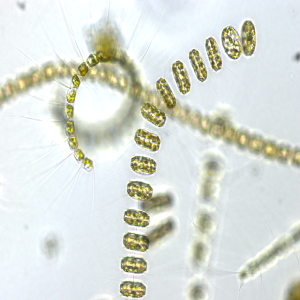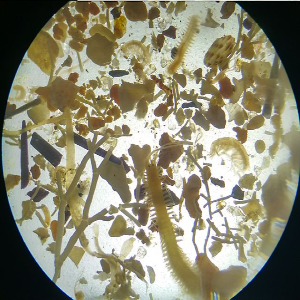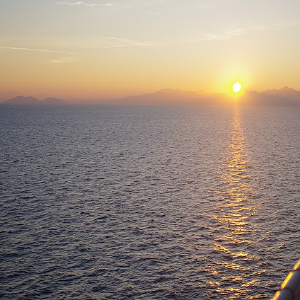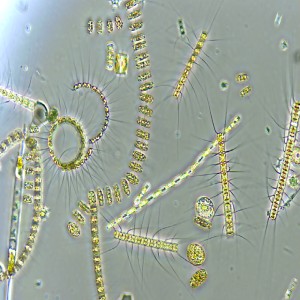The contrasting evolution of twin volcanic lakes (Monticchio, Mt. Vulture, Italy) inferred from literature records
Literature record of Monticchio lakes

Accepted: 18 June 2019
Supplementary: 165
HTML: 44
All claims expressed in this article are solely those of the authors and do not necessarily represent those of their affiliated organizations, or those of the publisher, the editors and the reviewers. Any product that may be evaluated in this article or claim that may be made by its manufacturer is not guaranteed or endorsed by the publisher.
Lago Piccolo and Lago Grande di Monticchio lie in the collapsed caldera of the volcanic structure of Mt. Vulture (Basilicata, Italy). In over two centuries, a number of studies on their water and on their submerged and riparian vegetation, were carried out, demonstrating an interesting biodiversity. The entire lake area, which is impacted by strong tourist pressure, is part of the "Monte Vulture" Special Area of Conservation (SAC IT9210210). The aim of this paper is to review the literature studies on these lakes, in order to identify the more suitable limnological parameters to infer the history of the trophic status of the two lakes. For this reason, we assess the current ecological status of the two lakes on the basis of physical, chemical and biological analyses deriving from two recent surveys carried out in 2005-2007 and in 2015, and compare these data with sparse, but relevant, historical records, in order to assess how human impacts affected both these lakes and to understand the differences in their present trophic status. Because of its peculiar water chemistry, Lago Piccolo is resulted in good and stable ecological conditions. On the contrary, water transparency of Lago Grande came out very low in summer, while total phosphorus and nitrogen concentration are proved high, leading to the persistence of critical environmental conditions in this lake, with high algal biomass and durable algal blooms in late summer, dominated by cyanobacteria. Finally, in absence of standard protocols and seasonal samplings, the macrophyte maximum growing depth should be considered the more reliable indicator of trophic status among those available for these specific lakes, being relatively independent from sampling methods and seasonal pattern.
PAGEPress has chosen to apply the Creative Commons Attribution NonCommercial 4.0 International License (CC BY-NC 4.0) to all manuscripts to be published.



 https://doi.org/10.4081/aiol.2019.7949
https://doi.org/10.4081/aiol.2019.7949







